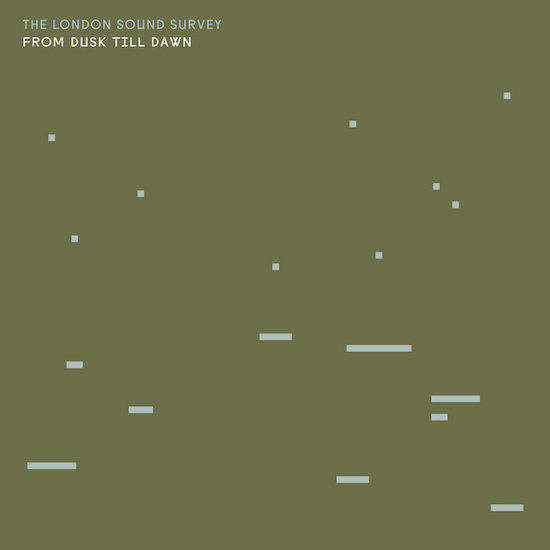The new record by The London Sound Survey, From Dusk Till Dawn, is a dramatic journey, sonically celebrating the cyclical continuity of materiality’s impermanence. From the start, the listener is carried away, entranced and ferried on sound waves along the coastal habitats of Lakenheath Fen, captured as perpetually playing a graceful dance of life and death.
Released posthumously on Persistence of Sound, this is possibly the last album by Ian Rawes, the founder, artist and archivist of The London Sound Survey website, known as an exceptional online archive of about 2000 field recordings, collected over more than ten years. Having his compositions released on the same label in the past, the phenomenal field recordist was closely related to Persistence of Sound, while composer Iain Chambers, who established the record label, would incorporate Rawes’s field recordings into his own works.
From Dusk Till Dawn, throughout each of its eight tracks, is interwoven with bountiful birdsong. The full force of each of the recorded syrinx sounds, makes the listening experience an active act. At the same time, the cacophony of birds’ assemblies of diffferent sorts feels like the distorted noise of a hectic human crowd. Throughout the whole album, without the need for any intellectual understanding, there is still such a great feeling of getting the message. Nothing is said; this knowing is purely affective. Approval, excitement, admiration, refusal, disregard, disapproval are all in there among the burning bird cries. It is irresistible, the desire to anthropomorphise the sounds of these curious winged conversationalists.
At one point a child-like whining and sobbing of birds brings sadness into this clouded East Anglian ambience. A slurp and soon after, there comes the unearthly roar of a seal. That totally amplifies the theatricality of this animalistic act on sand. Clumsy clucking suddenly shifts to sweetest chirping and so immediately the rhythm changes again completely. One can sense it’s a different time of a day. The light changes its colour, the sound attains a new timbre. The compositional quality of each of the recordings makes Rawes’ work so outstanding. The album proves the author’s mastery over the careful selection of sonic sequences that build the multiple momentums on the record’s affective resonance.
Recordings are characterised by timelessness and so the collection has outlived the collector already. Each time a sound recreates a particular place inside the listener’s ears, their physical presence proves to be an infinite multidimensional space. In the past, Rawes shared his excitement about the ephemerality of the medium and its unpredictability in transmitting information. The album, like the extensive archive he maintained, preserves this revolutionary act of giving afterlife.


